-
 Bitcoin
Bitcoin $115100
1.27% -
 Ethereum
Ethereum $3675
2.71% -
 XRP
XRP $2.995
1.45% -
 Tether USDt
Tether USDt $1.000
0.02% -
 BNB
BNB $769.8
2.64% -
 Solana
Solana $168.0
3.25% -
 USDC
USDC $0.9999
-0.01% -
 TRON
TRON $0.3371
1.48% -
 Dogecoin
Dogecoin $0.2051
3.36% -
 Cardano
Cardano $0.7394
2.30% -
 Hyperliquid
Hyperliquid $38.15
0.42% -
 Stellar
Stellar $0.3966
-0.36% -
 Sui
Sui $3.486
2.93% -
 Chainlink
Chainlink $16.72
2.52% -
 Bitcoin Cash
Bitcoin Cash $568.0
4.36% -
 Hedera
Hedera $0.2440
2.59% -
 Ethena USDe
Ethena USDe $1.001
0.04% -
 Avalanche
Avalanche $22.16
2.06% -
 Litecoin
Litecoin $119.1
-0.73% -
 UNUS SED LEO
UNUS SED LEO $8.991
0.04% -
 Toncoin
Toncoin $3.232
-0.39% -
 Shiba Inu
Shiba Inu $0.00001233
2.82% -
 Uniswap
Uniswap $9.717
2.53% -
 Polkadot
Polkadot $3.664
1.85% -
 Dai
Dai $1.000
0.01% -
 Monero
Monero $281.2
-3.89% -
 Bitget Token
Bitget Token $4.350
1.55% -
 Cronos
Cronos $0.1428
5.07% -
 Pepe
Pepe $0.00001050
3.68% -
 Aave
Aave $262.3
3.54%
How to participate in IDO in Trust Wallet? What do I need to prepare?
To participate in an IDO using Trust Wallet, ensure you have the required cryptocurrency, connect to the DEX, and follow the IDO steps carefully for a smooth experience.
May 06, 2025 at 09:07 am

Participating in an Initial DEX Offering (IDO) through Trust Wallet can be an exciting way to get involved in the cryptocurrency space. To ensure a smooth experience, it's crucial to understand the process and prepare accordingly. This article will guide you through the steps needed to participate in an IDO using Trust Wallet and what you need to prepare beforehand.
Understanding IDOs and Trust Wallet
An IDO, or Initial DEX Offering, is a fundraising method where new cryptocurrency projects launch their tokens directly on decentralized exchanges (DEXs). Trust Wallet is a popular mobile cryptocurrency wallet that supports a wide range of tokens and can be used to participate in IDOs. Before diving into the process, it's essential to understand the basics of both IDOs and Trust Wallet to ensure you're ready for the participation.
Preparing for an IDO
To participate in an IDO, you need to prepare several things in advance. Here's what you should have ready:
- Cryptocurrency: Most IDOs require you to pay with a specific cryptocurrency, such as BNB, ETH, or another token. Ensure you have enough of the required cryptocurrency in your Trust Wallet.
- Wallet Setup: Your Trust Wallet must be set up and ready to use. This includes having your recovery phrase securely stored and understanding how to navigate the app.
- DEX Access: Since IDOs take place on DEXs, you need to ensure that your Trust Wallet is connected to the DEX where the IDO will occur. Popular DEXs for IDOs include PancakeSwap and Uniswap.
- Research: Thoroughly research the project you're interested in. Understand the tokenomics, the team behind the project, and any potential risks involved.
Connecting Trust Wallet to a DEX
Before participating in an IDO, you need to connect your Trust Wallet to the DEX where the IDO will take place. Here's how to do it:
- Open Trust Wallet: Launch the Trust Wallet app on your mobile device.
- Navigate to DApps: Tap on the "DApps" icon at the bottom of the screen.
- Select DEX: Choose the DEX where the IDO will occur. For example, if the IDO is on PancakeSwap, select PancakeSwap from the list of available DApps.
- Connect Wallet: Once on the DEX's website, you'll see an option to "Connect Wallet." Tap on it and select "Trust Wallet" from the list of available wallets. Follow the prompts to connect your wallet.
Participating in an IDO
Once you're connected to the DEX and have the necessary cryptocurrency in your Trust Wallet, you can participate in the IDO. Here's a detailed step-by-step guide:
- Access the IDO Page: Navigate to the IDO page on the DEX. This is usually found under a section labeled "IDO," "Launchpad," or something similar.
- Check Requirements: Ensure you meet all the requirements for the IDO, such as minimum token amounts and any other criteria set by the project.
- Enter Amount: Enter the amount of cryptocurrency you want to use to participate in the IDO. Make sure you double-check this amount as it will be locked until the IDO is completed.
- Confirm Transaction: Review the transaction details and confirm the transaction. You'll need to sign the transaction using your Trust Wallet.
- Wait for Allocation: After confirming the transaction, you'll need to wait for the IDO to be completed. The allocated tokens will be sent to your Trust Wallet once the IDO is finished.
Managing Your Tokens Post-IDO
After the IDO is completed, you'll need to manage your newly acquired tokens. Here's what you should do:
- Check Your Wallet: Once the IDO is finished, check your Trust Wallet to ensure the tokens have been credited to your account.
- Understand Token Utility: Research the utility of the new tokens. Are they meant for governance, staking, or another purpose? Understanding this will help you decide what to do with them.
- Consider Staking or Holding: Depending on the project, you might want to stake your tokens to earn rewards or hold them for potential future value appreciation.
- Stay Informed: Keep up with the project's developments and any announcements that might affect the value or utility of your tokens.
Troubleshooting Common Issues
Participating in an IDO can sometimes come with challenges. Here are some common issues and how to address them:
- Transaction Failures: If your transaction fails, ensure you have enough gas (for Ethereum-based IDOs) or the correct amount of the required cryptocurrency. Also, check if the IDO is still open for participation.
- Wallet Connection Issues: If you're having trouble connecting your Trust Wallet to the DEX, try closing and reopening the app, or check if there are any updates available for Trust Wallet.
- Token Not Showing: If the tokens don't appear in your wallet after the IDO, ensure you've added the correct token contract address to your Trust Wallet. You can usually find this on the project's website or the DEX's IDO page.
Frequently Asked Questions
Q: Can I participate in multiple IDOs at the same time using Trust Wallet?
A: Yes, you can participate in multiple IDOs as long as you have enough of the required cryptocurrency in your Trust Wallet and meet the criteria for each IDO. However, be cautious about spreading your funds too thin and always research each project thoroughly.
Q: What should I do if I miss the IDO window?
A: If you miss the IDO window, you might still be able to purchase the tokens on the open market once they are listed on the DEX. Keep an eye on the project's announcements for listing details.
Q: Are there any fees associated with participating in an IDO through Trust Wallet?
A: Yes, there may be fees associated with participating in an IDO. These can include gas fees for Ethereum-based IDOs and any fees charged by the DEX itself. Always check the fee structure before participating.
Q: How can I ensure the security of my funds during an IDO?
A: To ensure the security of your funds, always use a secure internet connection, double-check the DEX and project websites for authenticity, and never share your private keys or recovery phrase with anyone. Additionally, consider using a hardware wallet for added security.
Disclaimer:info@kdj.com
The information provided is not trading advice. kdj.com does not assume any responsibility for any investments made based on the information provided in this article. Cryptocurrencies are highly volatile and it is highly recommended that you invest with caution after thorough research!
If you believe that the content used on this website infringes your copyright, please contact us immediately (info@kdj.com) and we will delete it promptly.
- BlockDAG, Litecoin, and Cardano: Charting the Course in Crypto's Dynamic Waters
- 2025-08-07 09:09:06
- Fireverse Token: Igniting a Musical Revolution in Web3
- 2025-08-07 08:27:45
- Ethereum, L2 Withdrawals, and Decentralization: A New Yorker's Take
- 2025-08-07 08:32:33
- Avalanche vs. Ruvi AI: Daily Sales Tell a Story of Crypto Disruption
- 2025-08-07 06:29:35
- DeSoc: The Crypto to Buy Now for a Decentralized Future (and Maybe 43x Gains!)
- 2025-08-07 06:50:16
- Arctic Pablo Coin: Riding the Meme Coin Wave with a Deflationary Twist
- 2025-08-07 07:18:13
Related knowledge
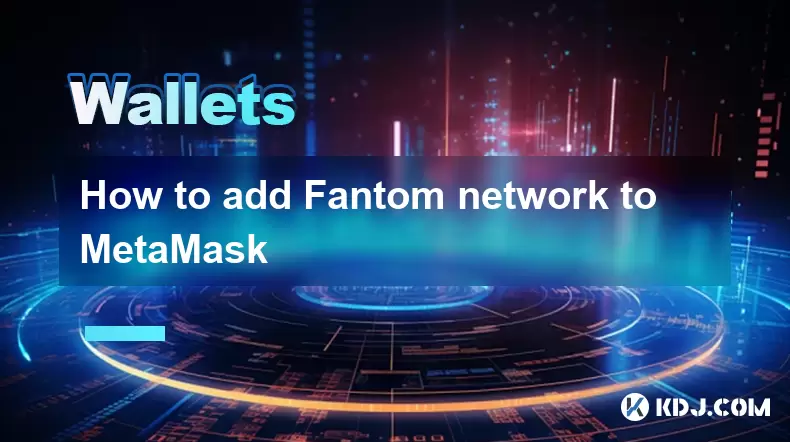
How to add Fantom network to MetaMask
Aug 07,2025 at 08:21am
Understanding the Fantom Network and MetaMask IntegrationThe Fantom network is a high-performance, scalable, and secure blockchain platform designed f...
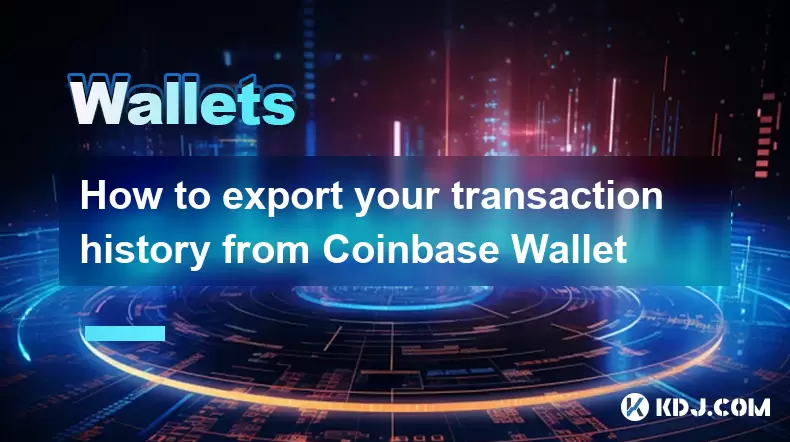
How to export your transaction history from Coinbase Wallet
Aug 07,2025 at 06:50am
Understanding Coinbase Wallet and Transaction HistoryCoinbase Wallet is a self-custodial cryptocurrency wallet that allows users to store, manage, and...
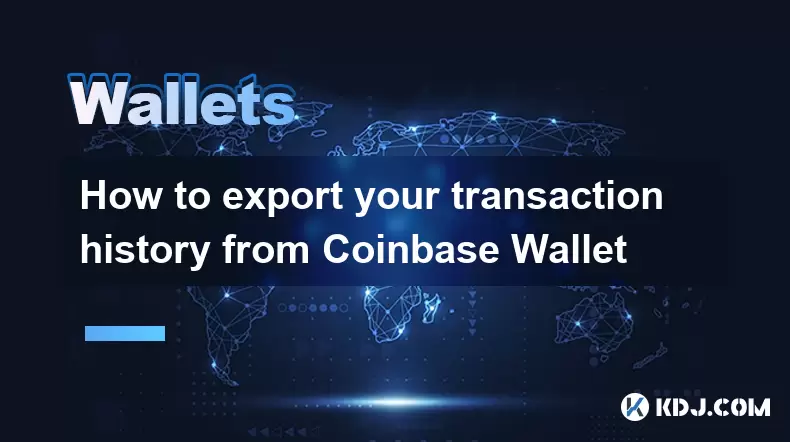
How to export your transaction history from Coinbase Wallet
Aug 07,2025 at 08:49am
Understanding Coinbase Wallet and Transaction HistoryCoinbase Wallet is a self-custodial cryptocurrency wallet that allows users to store, manage, and...
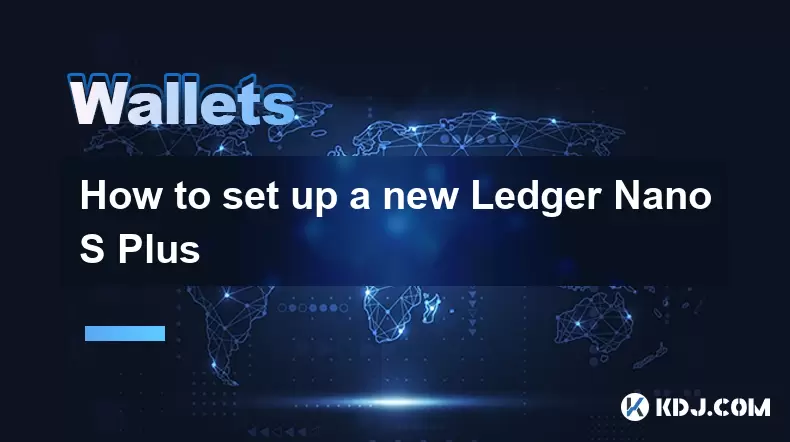
How to set up a new Ledger Nano S Plus
Aug 07,2025 at 06:01am
Unboxing and Initial InspectionWhen you receive your Ledger Nano S Plus, begin by carefully unboxing the package. Inside, you should find the Ledger N...
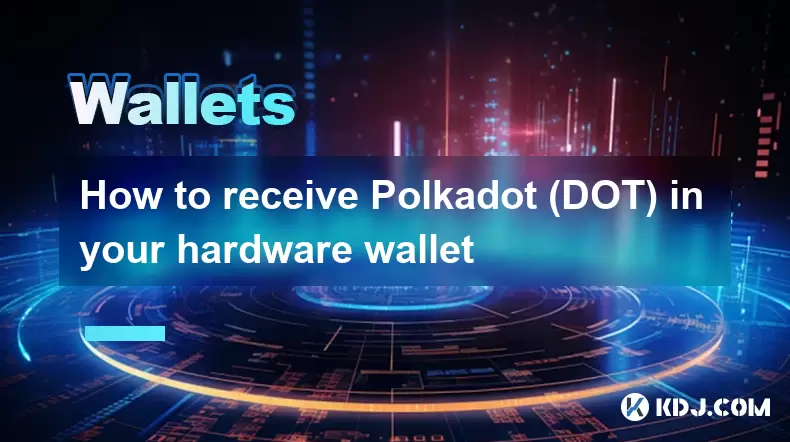
How to receive Polkadot (DOT) in your hardware wallet
Aug 07,2025 at 07:03am
Understanding Polkadot (DOT) and Hardware Wallet CompatibilityReceiving Polkadot (DOT) into a hardware wallet begins with understanding the ecosystem ...

How to receive NFTs in your Ledger Nano X
Aug 07,2025 at 02:45am
Understanding NFTs and Ledger Nano X CompatibilityNFTs (Non-Fungible Tokens) are unique digital assets stored on a blockchain, typically on networks l...

How to add Fantom network to MetaMask
Aug 07,2025 at 08:21am
Understanding the Fantom Network and MetaMask IntegrationThe Fantom network is a high-performance, scalable, and secure blockchain platform designed f...

How to export your transaction history from Coinbase Wallet
Aug 07,2025 at 06:50am
Understanding Coinbase Wallet and Transaction HistoryCoinbase Wallet is a self-custodial cryptocurrency wallet that allows users to store, manage, and...

How to export your transaction history from Coinbase Wallet
Aug 07,2025 at 08:49am
Understanding Coinbase Wallet and Transaction HistoryCoinbase Wallet is a self-custodial cryptocurrency wallet that allows users to store, manage, and...

How to set up a new Ledger Nano S Plus
Aug 07,2025 at 06:01am
Unboxing and Initial InspectionWhen you receive your Ledger Nano S Plus, begin by carefully unboxing the package. Inside, you should find the Ledger N...

How to receive Polkadot (DOT) in your hardware wallet
Aug 07,2025 at 07:03am
Understanding Polkadot (DOT) and Hardware Wallet CompatibilityReceiving Polkadot (DOT) into a hardware wallet begins with understanding the ecosystem ...

How to receive NFTs in your Ledger Nano X
Aug 07,2025 at 02:45am
Understanding NFTs and Ledger Nano X CompatibilityNFTs (Non-Fungible Tokens) are unique digital assets stored on a blockchain, typically on networks l...
See all articles

























































































